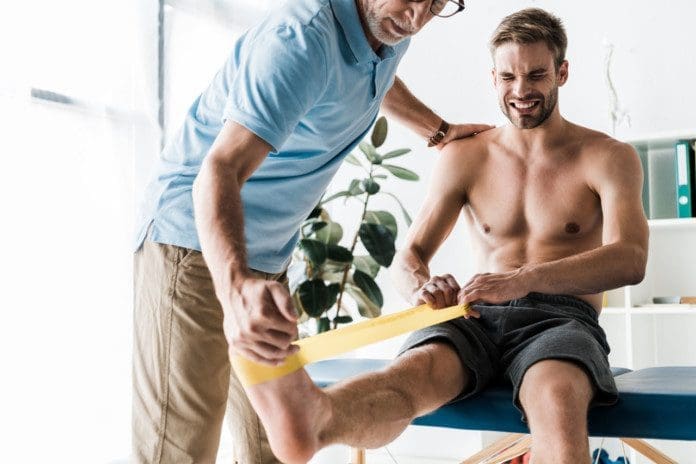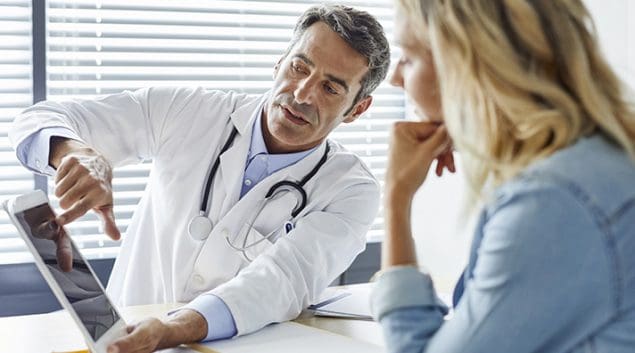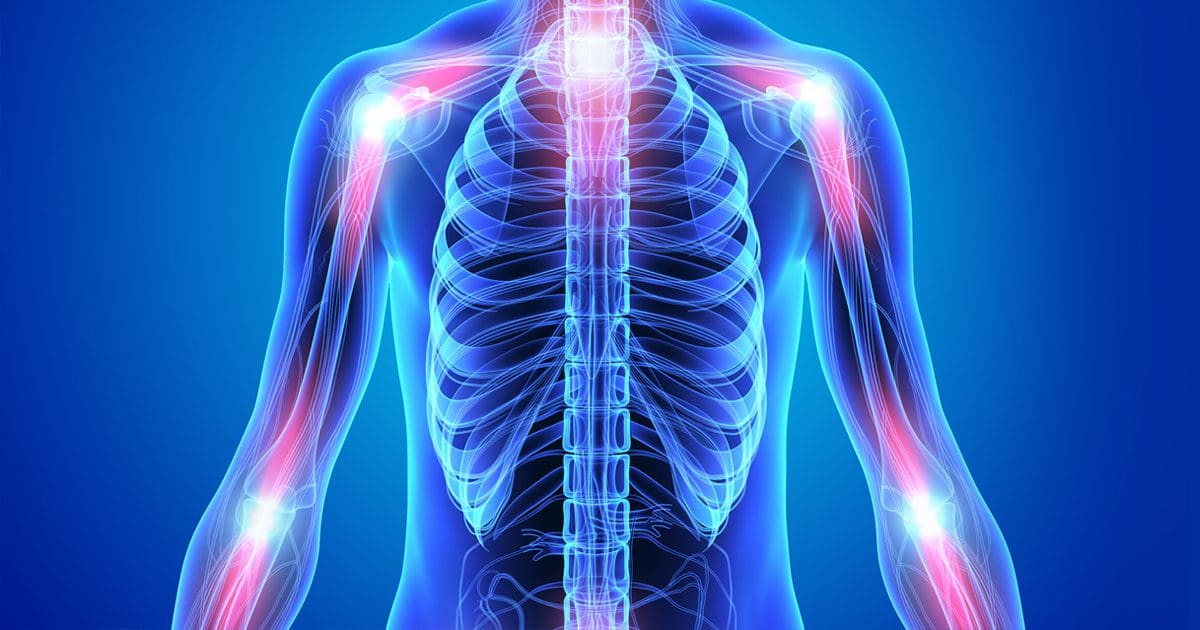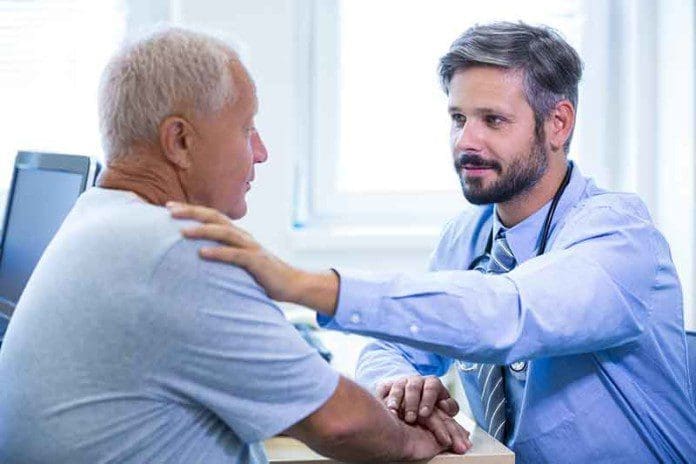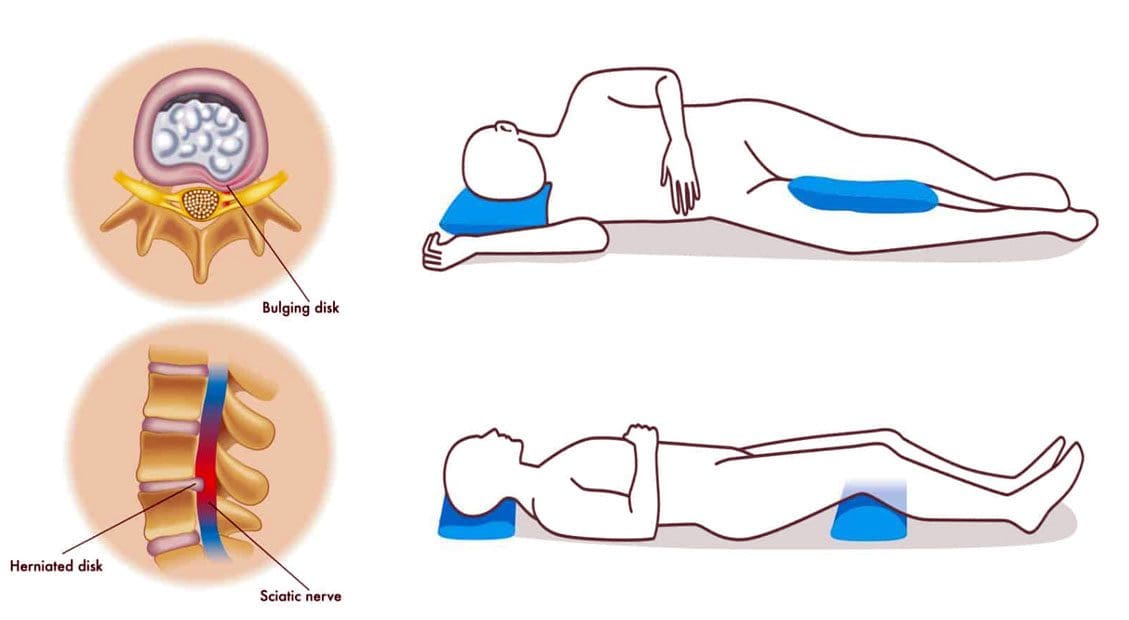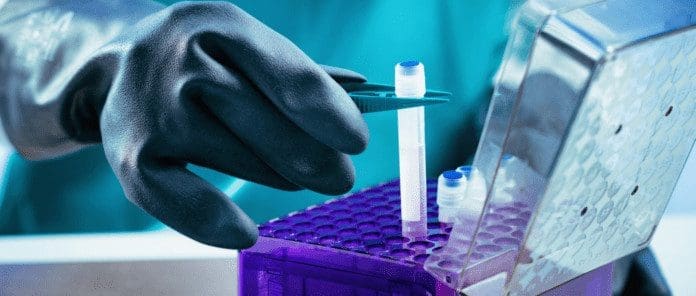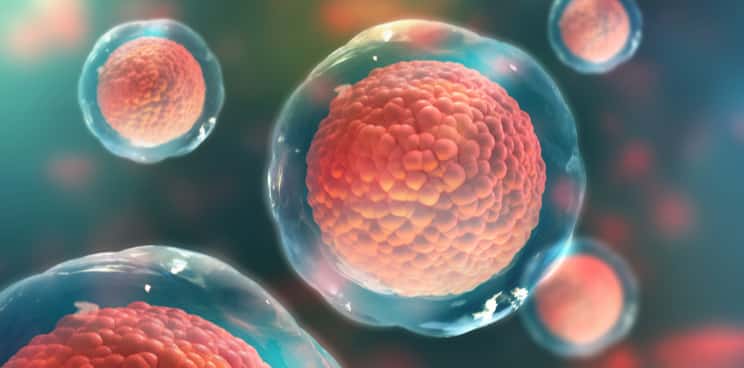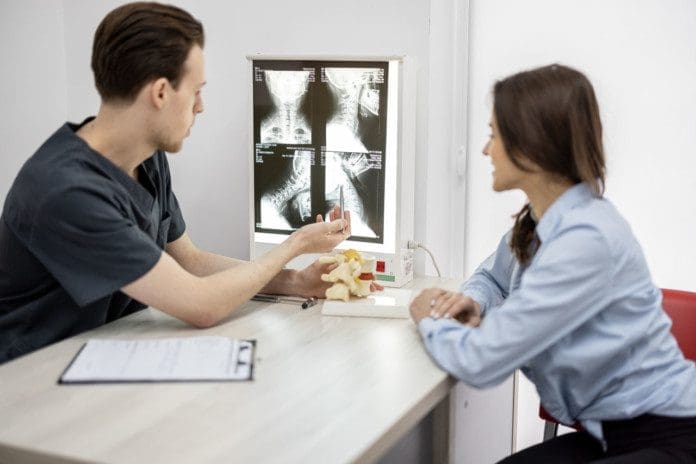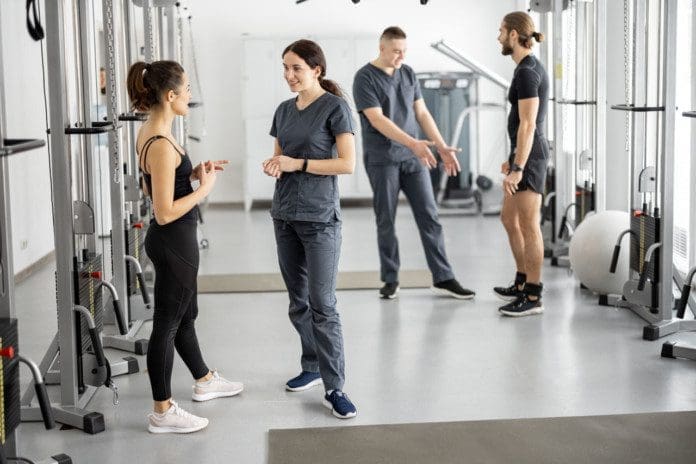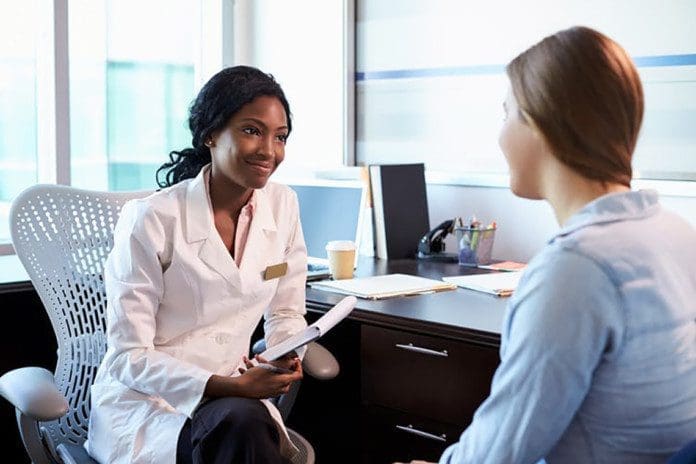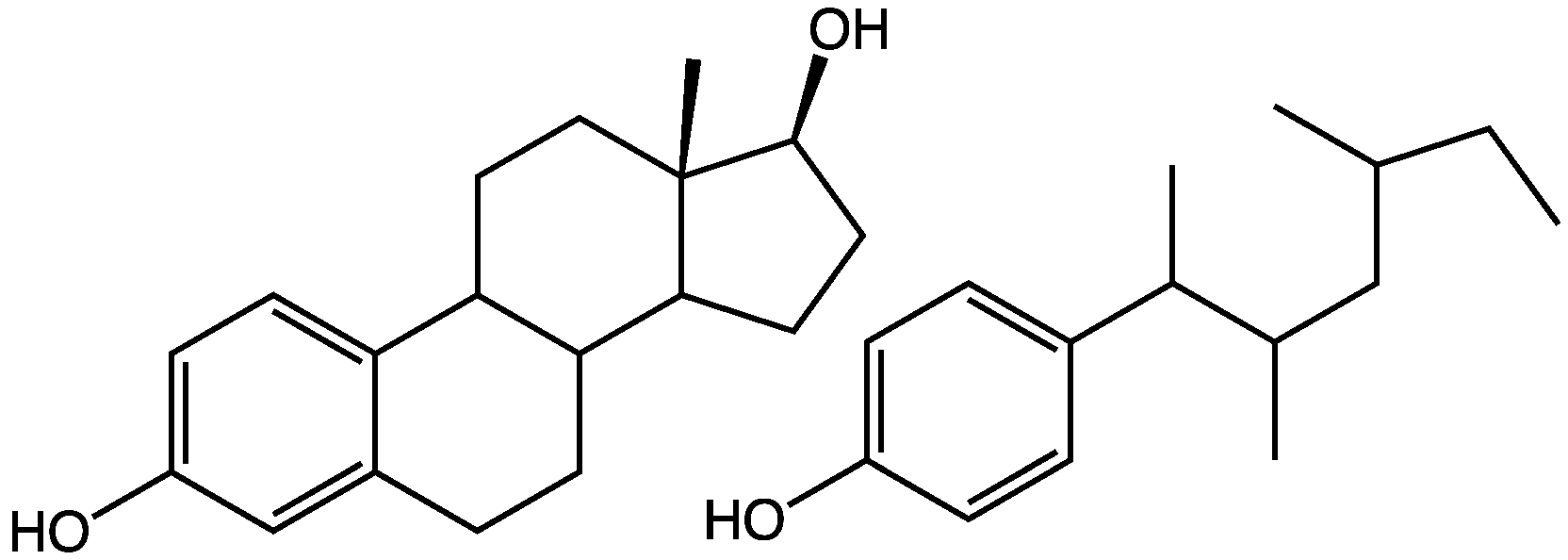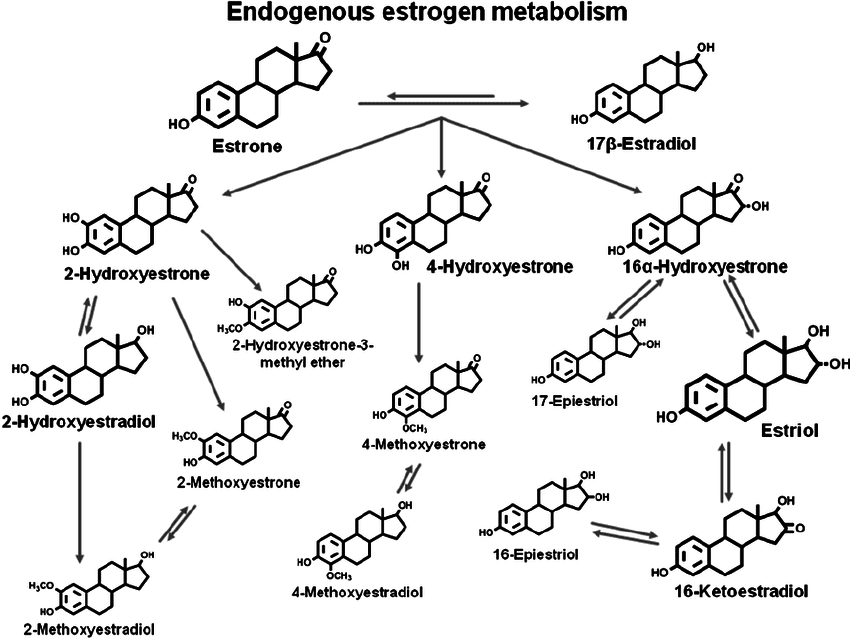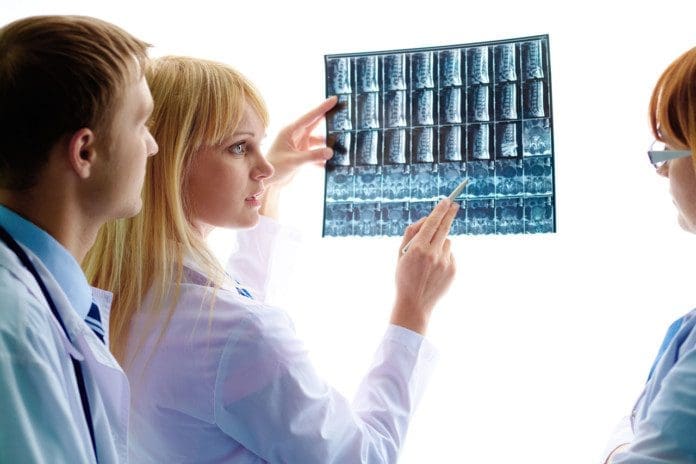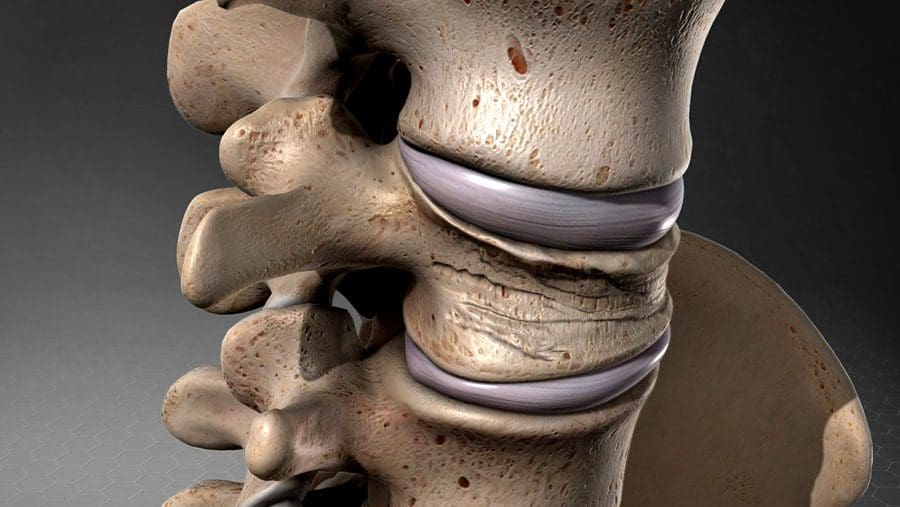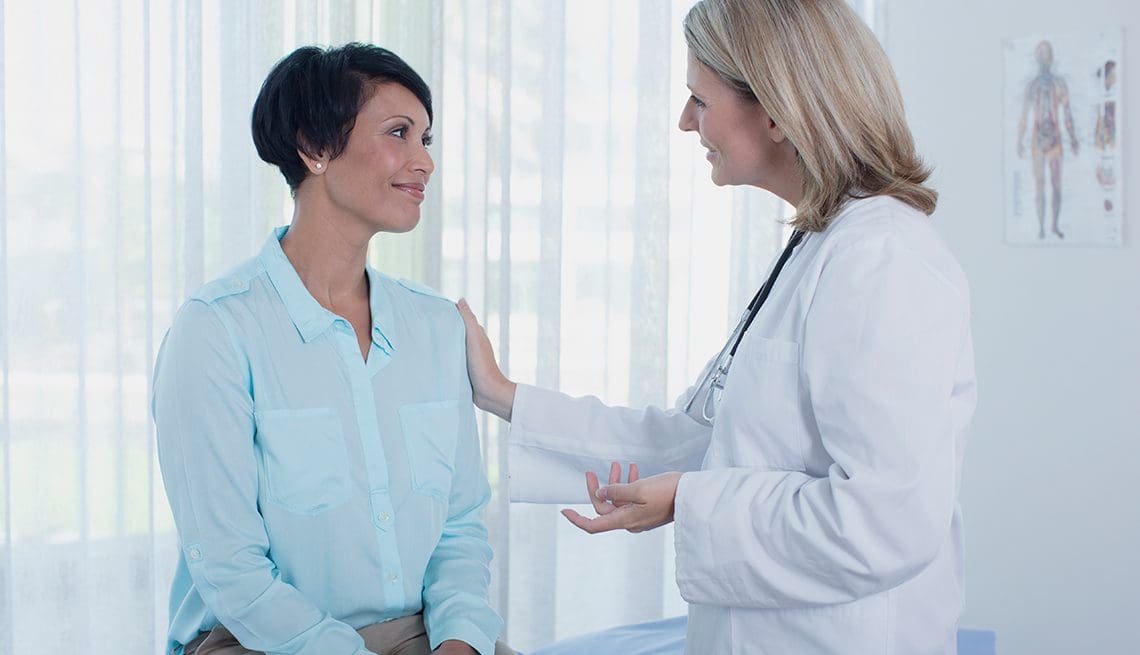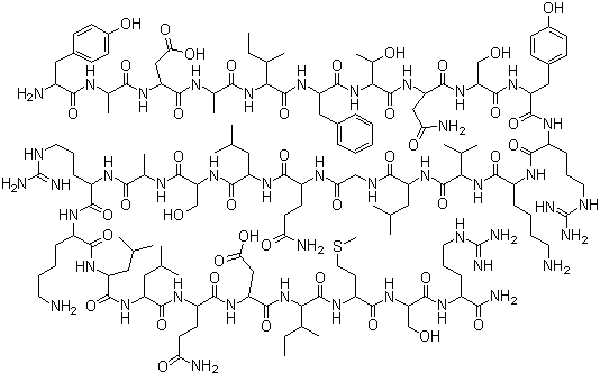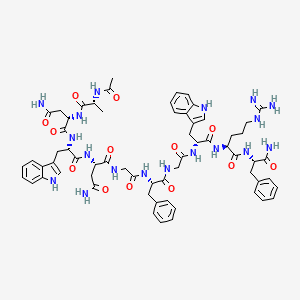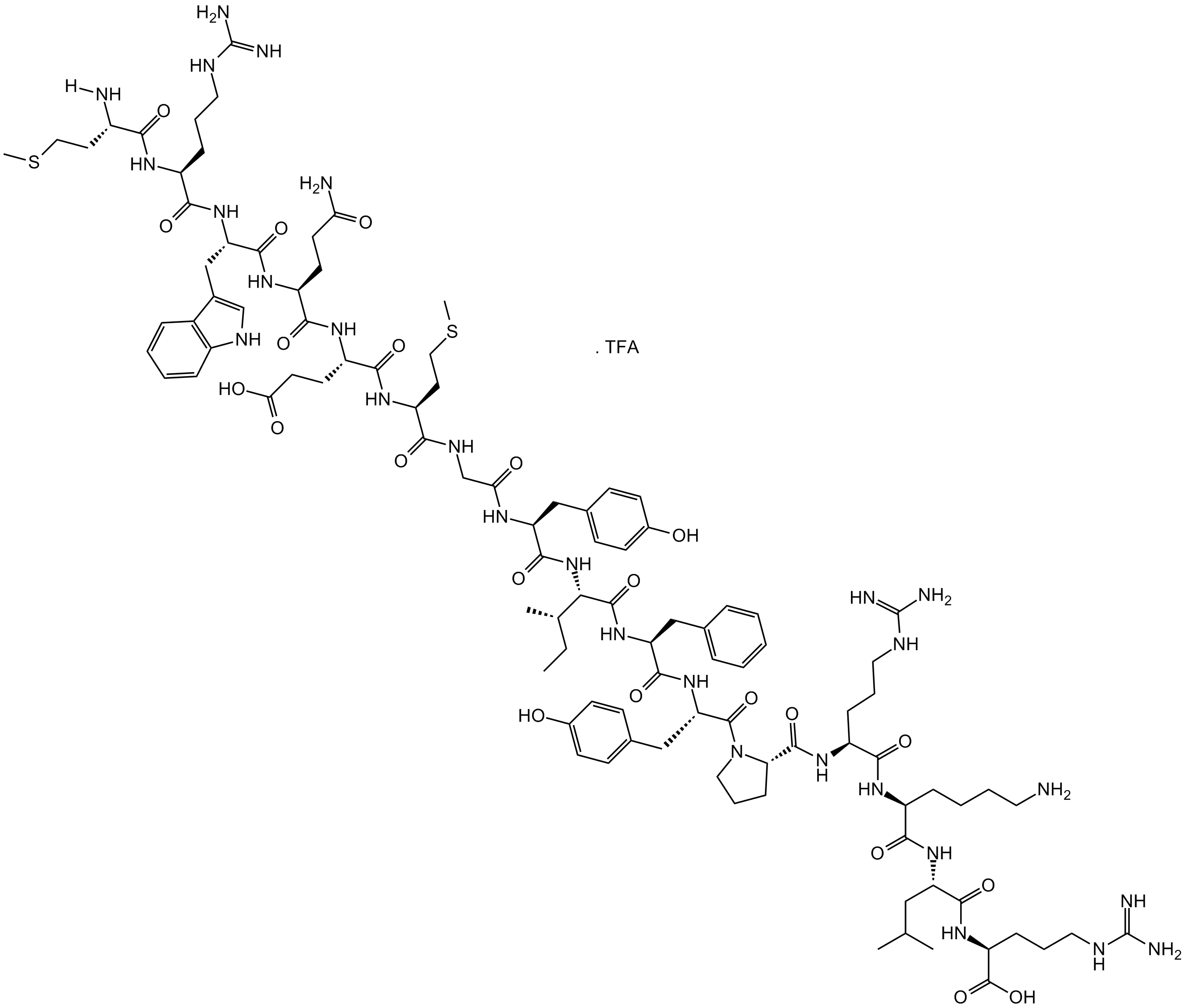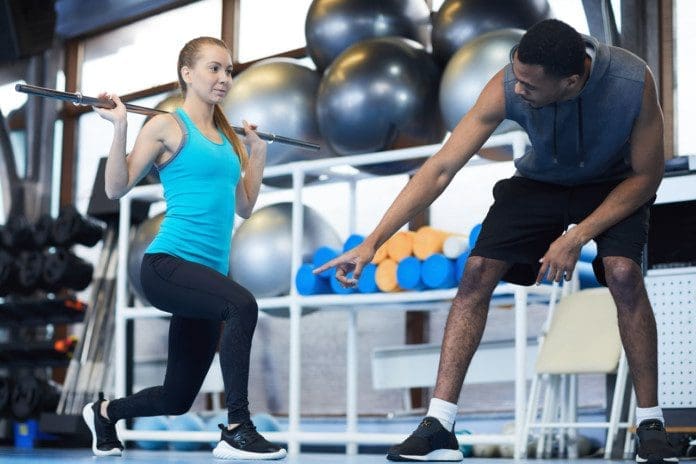Introduction
The body can function normally when everything from the organ system, the brain system, and even down to the cellular activity is performing correctly and making sure that nothing goes wrong. However, certain events and unwanted pathogens can disrupt the body’s function and over time can develop into chronic illnesses. All is not lost though as there are many functional, holistic therapies that can aid the body and can alleviate symptoms caused by chronic illness. One of the functional therapies is peptide therapy and this kind of therapy can help in the endocrine restoration in the body and can help dampen the effects of chronic issues in the body system. In this 2 part series, we will be discussing what is peptide therapy and the different amino acids that help the body function normally. Part 1 explained how the endocrine system and the body’s metabolism work together, what is metaflammation and its symptoms, and how peptides play their role in the body. By referring patients to qualified and skilled providers who specialized in hormone wellness services. To that end, and when appropriate, we advise our patients to refer to our associated medical providers based on their examination. We find that education is the key to asking valuable questions to our providers. Dr. Jimenez DC provides this information as an educational service only. Disclaimer
Can my insurance cover it? Yes, in case you are uncertain here is the link to all the insurance providers we cover. If you have any questions, please call Dr. Jimenez at 915-850-0900.
What Is Peptide Therapy?

So peptide therapy is one of the many functional therapies that can help alleviate chronic symptoms that the body has encountered. Studies have shown that therapeutic peptides are naturally occurring short amino acids chains that bind to specific cell surface receptors and can trigger intracellular pathways in the body. Since peptides are considered the smaller versions of proteins, both proteins and peptides are amino acids and many individuals often confuse the two. With peptide therapy though, research shows that bioactive peptides are actively involved and contribute to human health through different biological functions that the body needs.
The Benefits Of Peptide Therapy
There are many benefits to peptide therapy and some of the novel strategies that it provides are beneficial for one’s health. By allowing the modulation of pharmacokinetic properties, peptide therapy can target specificity through amino acid or backbone modification and incorporate non‐natural amino acids into polymers. With this conjugation of moieties, it can help the peptides extend half‐life or improve solubility by 30% in clinical trials. Peptide therapy can help improve the body with both nanocarrier and liposomal technology by improving cell penetration with novel formulation strategies to reduce injection frequency. This will target class B receptors by being transdermal and can improve stability to the body’s cellular structure.
The environment and landscape are quickly unfolding to embrace peptides as a mainstay in therapeutic options for acute and chronic conditions that are presented in the body. The many beneficial properties that peptide therapy has provided include:
- Dampening pathological inflammation, brain, and other organs
- Blood glucose regulation
- Insulin control
- Stop cardiac disease
- Improve metabolic syndrome
- Improve weight issue
- Dampen immune deficiencies including HIV/AIDS
- Prolong cancer autoimmunity and cancer
- Stop bone & joint problems
- Help with sleep disorders
Peptide In HRT Support
Surprisingly peptides can help support the hypothalamic‐pituitary‐adrenal (HPA) axis and hypothalamic‐pituitary‐gonadal (HPG) axis signaling. Studies show that when there is a large group of peptides, it can serve as both regular hormones and neurotransmitters that are being secreted into the bloodstream by the endocrine cells and can be beneficial to hormone replacement therapy. Peptide therapy can help with decreasing the effects of stress on the HPA axis, improve sex hormonal levels, support HGH levels, improve the melanocortin binding, and help support harmonious metabolic signaling to the body.
Different Amino Acid Chains In Peptide Therapy
The body has many amino acids that help make sure that everything is working properly. Research shows that amino acids are not just cellular signaling molecules that are roaming in the body, but they also help regulate gene expression while providing the optimal balance and circulation for whole-body homeostasis. Not only that but amino acids provide very important and beneficial functions in both nutrition and health. Some of the amino acids that peptide therapy provides include:
- Sermorelin
- Ipamorelin
- Kisspeptin
- GHK-Cu
- MOTS-c
Sermorelin

Sermorelin is the synthetic version of GHRH and contains 29 amino acids that help stimulate the pituitary to release HGH. Approved in 1991 by FDA for treatment of GH deficiency in children, studies have shown that sermorelin can help shorter children that have delayed bone and hormone growth. Not only that but sermorelin can increase IGF‐1 in the blood and can enhance the overall health and wellbeing of individuals.
Sermorelin Benefits
Sermorelin has many beneficial properties as it has long-term effectiveness in aging management and has a minimum of 6 months of a treatment protocol. Sermorelin can be used indefinitely and the general results from using sermorelin within the few months have shown:
- Improved energy
- Improved memory and cognition
- Improved sexual performance
- Increased bone density
- Improved mood
- Decreased body fat percentage
- Thicker hair
- Decreased cellulite and/or wrinkles
- Improved recovery from illness or injury
- Decreased inflammation – less muscle/joint aches, pain
Ipamorelin
Ipamorelin is a pentapeptide that helps display high GH releasing potency and efficacy in vitro and in vivo. Studies have found that ipamorelin doesn’t release ACTH or raise hormones of concern including cortisol, prolactin, or ghrelin in the body since it is a selective agonist of ghrelin/Growth hormone secretagogue receptor. With the combination of CJC‐1295, which is a GHRH amplifier, ipamorelin is a GHRP inducer, this can help improve the strength of GH pulse and increase the numbers of GH
secreting cells (somatotrophs). Plus ipamorelin has been frequently used in ergogenic and weight management protocols, which is used concurrently to improve energy levels in the body.
Ipamorelin Benefits
Some of the beneficial properties that ipamorelin has provided for the body include:
- Improved physical performance
- Increased muscle mass
- Weight-loss support
- Thermogenic – fat burning
- Improved recovery from exercise and injury
- Increased bone density
- Cardiovascular support
- Improved sex drive
- Neuroprotection
- Improved cognition and memory
- Increases LBM
- Lowers body fat
- Anti‐aging
- Supports improved sleep, memory
Kisspeptin

Being the 1st to be discovered in 1996 as a metastasis inhibitor in melanoma cell lines, kisspeptin is an endogenous 54 amino acid that is derived from the KISS1 gene. Studies have found that kisspeptin and its receptors can express neurons to the hypothalamus and this is very important in hypothalamic regulatory circuits since it involves reproductive homeostasis to the hypothalamic‐pituitary‐gonadal axis. Kisspeptin can directly stimulate the gonadotropin‐releasing hormone release via G protein‐coupled receptor 54 and this is a critical role in the onset of puberty of young teens as it helps:
Kisspeptin Benefits
Since stress is reported to inhibit the reproductive function by suppressing GnRH release, reduced kisspeptin expression has been reported to lowering:
There have also been reports that there was an increase in circulating kisspeptin and enhanced limbic
brain activity, specifically in response to sexual and couple‐bonding stimuli in the body. Some of the benefits from kisspeptin’s enhancement of limbic brain structures can correlate with the psychometric measures of:
- Feeling rewarded
- Increased drive
- Mood improvement
- Sexual desire
GHK-Cu
GHK (glycyl‐L‐histidyl‐L‐lysine) + Cu (Copper peptide) creates GHK-Cu and this peptide is very important in antioxidant defense. Since 1973, research shows that GHK-Cu has had multiple biological actions that are positive for a healthy body. With its anti-inflammatory effects, it can provide the body with:
- Tissue formation
- Improves wound healing and tissue regeneration
- Increases collagen, elastin, glycosaminoglycans
- Increases angiogenesis
- Increases stem cells
GHK-Cu Benefits
There are many benefits when the body is exposed to GHK-Cu, it can help promote the survival of epidermal basal stem cells, decrease skin thinning, and can protect the skin with UV protection. Another thing that GHK-Cu can even help with is estrogen deficiency that follows menopause results in atrophic
skin changes and improves skin aging. Other beneficial factors that GHK-Cu provide are:
MOTS-c

MOTS-c is a mitochondrial‐derived protein (MDP) and this peptide helps preserve the mitochondrial function and cell viability under stress. This peptide’s key role in cellular stress response helps target metaflammation, metabolic signaling issues, and anti‐aging. MOTS-c can help the body by increasing the intracellular NAD+ levels and can effectively be mediated by SIRT1. Sadly though MOTS‐c levels decline with age, just like how hormones can also naturally decline with age as well. With its AMPK activation, it can improve insulin sensitivity by increasing glucose utilization by updating them into the muscle cells and providing fatty acid oxidation to decrease the oxidative phosphorylation in the body as well as increasing the endogenous AICAR levels too.
MOTS-c Benefit
Studies have shown that MOTS-c has beneficial properties by enhancing an individual’s physical capacity upon exercising. This means that MOTS-c can help improve the skeletal muscle insulin and even help regulate the metabolic homeostasis in the body. Other beneficial factors that MOTS-c can provide to the body include:
Conclusion
All in all, peptides are highly essential to the body since it helps the cellular level function normally and can provide beneficial help to other organs in the body. By using peptide therapy, the endocrine system can be restored and the hormone levels can regulate normally. Without it, the body will become dysfunctional and unwanted pathogens can enter the body and develop chronic illnesses over time to cause harm. With the right amount of exercise, a healthy diet that is beneficial to each individual, and adequate sleep, the body can start to heal from within and continue on its wellness journey.
References
Baig, Mohammad Hassen, et al. “Peptide-Based Therapeutics and Their Use for the Treatment of Neurodegenerative and Other Diseases.” Biomedicine & Pharmacotherapy = Biomedicine & Pharmacotherapy, U.S. National Library of Medicine, 24 Apr. 2018, https://pubmed.ncbi.nlm.nih.gov/29677544/.
Mirabeau, Olivier, et al. “Identification of Novel Peptide Hormones in the Human Proteome by Hidden Markov Model Screening.” Genome Research, Cold Spring Harbor Laboratory Press, Mar. 2007, https://www.ncbi.nlm.nih.gov/pmc/articles/PMC1800923/.
Pickart, Loren, and Anna Margolina. “Regenerative and Protective Actions of the GHK-Cu Peptide in the Light of the New Gene Data.” International Journal of Molecular Sciences, MDPI, 7 July 2018, https://www.ncbi.nlm.nih.gov/pmc/articles/PMC6073405/.
Prakash, A, and K L Goa. “Sermorelin: A Review of Its Use in the Diagnosis and Treatment of Children with Idiopathic Growth Hormone Deficiency.” BioDrugs: Clinical Immunotherapeutics, Biopharmaceuticals, and Gene Therapy, U.S. National Library of Medicine, Aug. 1999, https://pubmed.ncbi.nlm.nih.gov/18031173/.
Raun, K, et al. “Ipamorelin, the First Selective Growth Hormone Secretagogue.” European Journal of Endocrinology, U.S. National Library of Medicine, Nov. 1998, https://pubmed.ncbi.nlm.nih.gov/9849822/.
Recio, Carlota, et al. “The Potential Therapeutic Application of Peptides and Peptidomimetics in Cardiovascular Disease.” Frontiers in Pharmacology, Frontiers Media S.A., 6 Jan. 2017, https://www.ncbi.nlm.nih.gov/pmc/articles/PMC5216031/.
Reynolds, Joseph C, et al. “Mots-C Is an Exercise-Induced Mitochondrial-Encoded Regulator of Age-Dependent Physical Decline and Muscle Homeostasis.” Nature Communications, Nature Publishing Group UK, 20 Jan. 2021, https://www.ncbi.nlm.nih.gov/pmc/articles/PMC7817689/.
Tng, Eng Loon. “Kisspeptin Signalling and Its Roles in Humans.” Singapore Medical Journal, Singapore Medical Association, Dec. 2015, https://www.ncbi.nlm.nih.gov/pmc/articles/PMC4678402/.
Wu, Guoyao. “Metabolism, Functions, and Nutrition.” Amino Acids, U.S. National Library of Medicine, 20 Mar. 2009, https://pubmed.ncbi.nlm.nih.gov/19301095/.
Disclaimer


